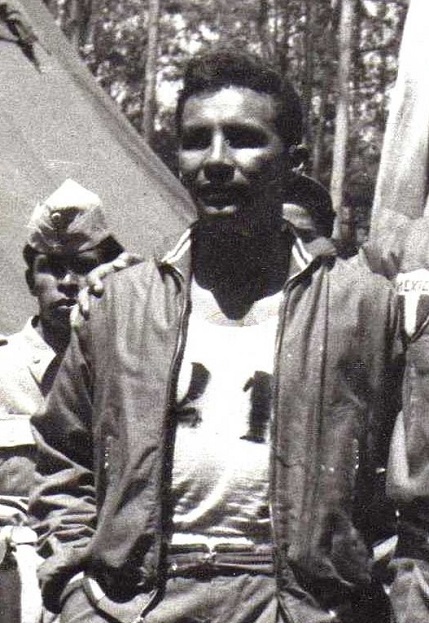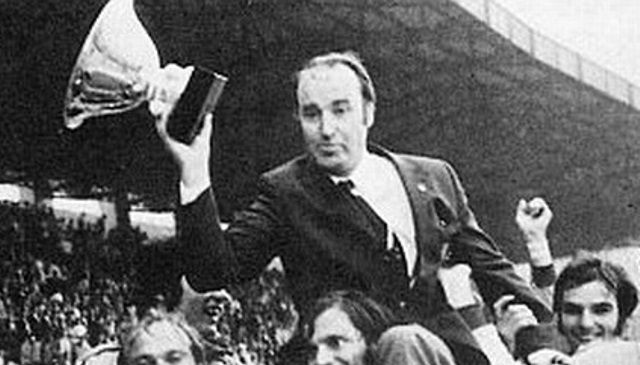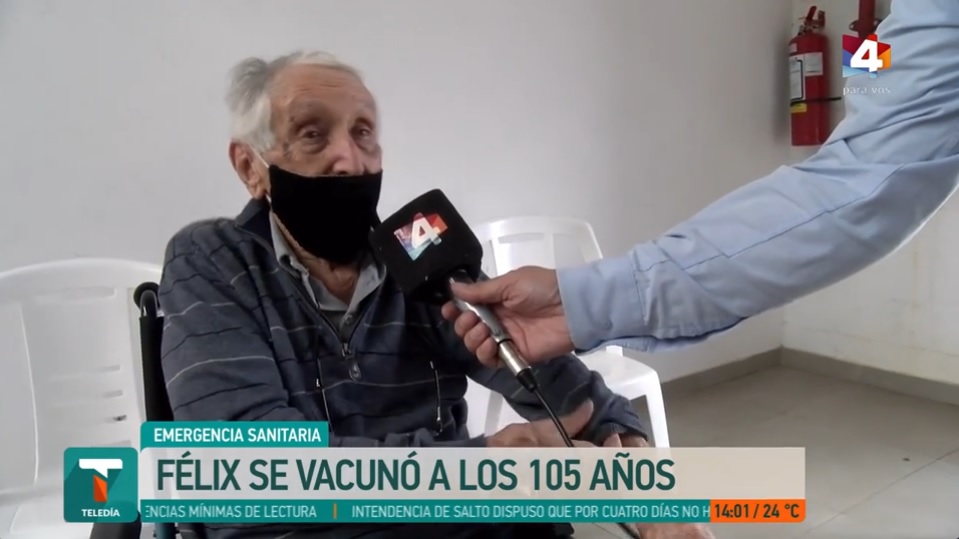Today on Oldest Olympians we wanted to return to the subject of British Olympic mysteries. Once again, thanks to the help of Connor Mah and Rob Gilmore, we have some good information on those Britons who competed at the 1924 Paris Games. There are, however, a few cases to highlight where we are uncertain as to the precise identity of the athlete.

Walter Wilson – Member of Great Britain’s wrestling delegations to the 1920 and 1924 Summer Olympics
Walter Wilson, born in 1884, represented Great Britain in the light-heavyweight, freestyle wrestling events at the 1920 and 1924 Summer Olympics, being eliminated in the quarterfinals and round one respectively. He began his career as a middleweight, but went on to capture national titles in 1922 and 1923 as a light-heavyweight. Although he is typically known as Walter G. Wilson, he was sometimes referred to during his career as G. Wilson or G. W. Wilson. Given that the only well-known amateur/professional Walter Wilson wrestler of the era can be ruled out as the Olympian, even this competitor’s name is uncertain.

John Davis – Member of Great Britain’s wrestling delegation to the 1924 Paris Olympics
John Davis, born in 1893, represented Great Britain in the welterweight, freestyle wrestling event at the 1924 Paris Games, where he was eliminated in the quarterfinals. Davis had won the national middleweight, freestyle title in 1921, before switching to welterweight and capturing the British crown in 1922 and 1923. Due to the common nature of his name, however, we have been unable to learn more about him.

Sonny Darby – Member of Great Britain’s wrestling delegation to the 1924 Paris Olympics
Harry “Sonny: Darby, born in 1902, represented Great Britain in the bantamweight, freestyle wrestling event at the 1924 Paris Games, where he was eliminated in the quarterfinals. He won one national title in 1925, but remained active in the sport for many years. We suspect that he may have been Henry Darby, a cable layer from Bolton who was born September 22, 1902 and died in Q3 1971, but we have been unable to confirm this with certainty.

(A photograph of the 1924 British Olympic cycling delegation, which presumably includes Thomas Harvey)
Thomas Harvey – Member of Great Britain’s cycling delegation to the 1920 and 1924 Summer Olympics
Thomas Harvey, born in 1888, represented Great Britain in three track cycling events across two editions of the Games – 1920 and 1924 – but did not reach the podium. A World War I veteran, he was the British national tandem winner in 1921 and 1922 but unfortunately, due to his common name, we have been unable to identify him any further. One possibility is Thomas Henry Harvey, born July 3, 1888 in St. Martins, London and died March 20, 1965, but this is primarily a guess.
Joe Williams – Member of Great Britain’s track and field delegation to the 1924 Paris Olympics
Joe Williams, born in 1897, represented Great Britain in the cross-country running event at the 1924 Paris Games, but dropped out less than halfway through due to the heat. A member of the Hallhamshire Harriers of Sheffield, he became a coach with the club in the 1940s and served as its president from 1968 through 1975. While his common name makes him difficult to identity, he is possibly the Joseph Edward Williams who was born December 15, 1897 in Sheffield and died in Q2 1976 in the same city.
Finally, we wanted to end with some updates, beginning with a thank you to the contributor who pointed out that the date of death suggested for Mexican wrestler David Pimentel in our last post was likely an error, as it was the same date of death for Portuguese bishop David Dias Pimentel, who died on the same day. They also provided evidence that Imre Holényi did in fact die at some point in 2020, as noted in that same post.
Also from our last post, Horacio Macchiavello was able to confirm that Juan Martín Merbilháa did in fact die on May 28, 1972 and was born December 11, 1925. He also sent us news of two more recent Argentinian deaths among the oldest Olympians: Juan Caviglia, born November 28, 1929, who took part in the Olympic gymnastics tournaments in 1952 and 1960, died January 17, while León Genuth, born August 5, 1931, who represented Argentina in the middleweight, freestyle wrestling event at the 1952 Helsinki Games, died March 10. Finally, from a much older blog post, Diego Rossetti was able to prove that Italian wrestler Pietro Marascalchi did indeed die on April 16, 2019.
















